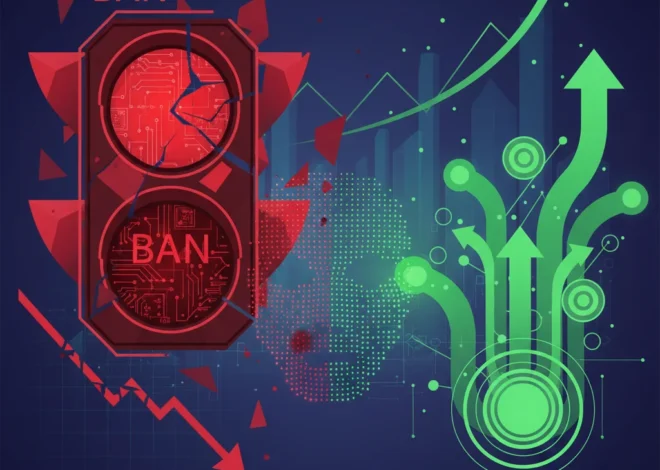
Déjà Vu in the Valley: Is the AI Gold Rush a Bubble Waiting to Burst?
Walk through Silicon Valley today, and you can practically feel the electricity in the air. The conversation in every coffee shop, every boardroom, and every late-night coding session revolves around one thing: artificial intelligence. We’re living through an unprecedented explosion of innovation, with generative AI tools transforming how we work, create, and communicate. The money is flowing like a torrent, with venture capitalists pouring billions into AI startups, hoping to back the next OpenAI or Nvidia. It feels like the dawn of a new technological era.
But amidst the champagne toasts and soaring valuations, a sense of unease is starting to creep in. For those who remember the late 1990s, this frenetic energy feels eerily familiar. Whispers are turning into warnings, with some of the Valley’s most respected figures sounding the alarm. “It’s going to be really bad,” warns Gary Tan, the influential CEO of startup accelerator Y Combinator, in a recent interview with the BBC. He’s not alone. The question on everyone’s mind is a heavy one: Is this a sustainable revolution, or are we inflating an AI bubble of historic proportions, destined to burst?
In this post, we’ll dive deep into the heart of the debate. We’ll look at the parallels with the dot-com crash, explore the powerful arguments for why this time is different, and analyze what a potential “correction” could mean for developers, entrepreneurs, and the tech industry as a whole.
The Anatomy of the AI Gold Rush
To understand the bubble fears, you first have to appreciate the sheer scale of the current boom. The launch of ChatGPT in late 2022 wasn’t just a product release; it was a starting pistol for a global race. Since then, the numbers have been staggering. Foundational model companies like Anthropic and OpenAI have raised billions at valuations that were once unthinkable for companies with nascent revenue streams. The demand for the specialized chips needed for machine learning has propelled Nvidia into the stratosphere, making it one of the most valuable companies in the world.
This frenzy is fueled by a potent mix of genuine technological breakthrough and classic FOMO (Fear Of Missing Out). Investors, seeing the exponential growth curves, are terrified of missing the next platform shift, much like missing the internet or mobile. This has led to a climate where AI startups can command sky-high valuations, sometimes before they even have a finished product. The core promise—that AI will fundamentally rewire every industry, from SaaS to cybersecurity—is so compelling that traditional valuation metrics have been thrown out the window. The focus isn’t on current profits; it’s on a future dominated by intelligent automation.
Echoes of 1999: Are We Doomed to Repeat History?
For veterans of the tech industry, the current environment is triggering a serious case of déjà vu. The parallels to the dot-com bubble of the late 1990s are hard to ignore. Back then, the transformative technology was the commercial internet. The mantra was “get big fast,” and companies were valued on metrics like “eyeballs” and “clicks” rather than old-fashioned revenue and profit.


